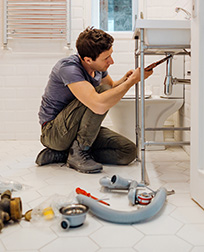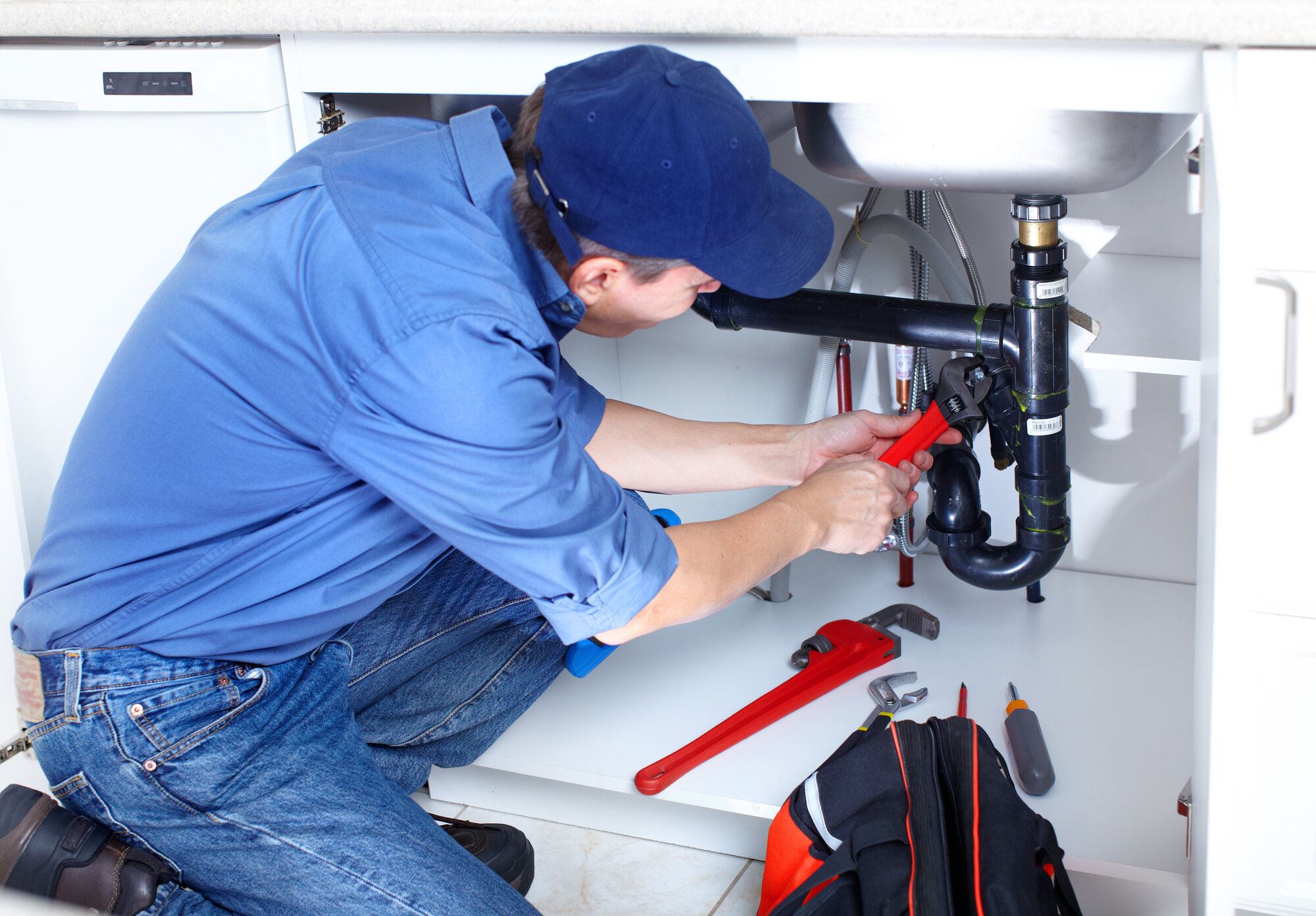A Step-by-Step Overview to Effective Hot Water Heater Setup for Optimal Efficiency
Embarking on the job of mounting a water heating unit is an endeavor that requires precision and a methodical strategy for accomplishing optimum efficiency. As you proceed, the ins and outs of connecting water supply lines and establishing up dependable electrical or gas links await, appealing insights into guaranteeing efficiency and integrity.
Choosing the Right Water Heating System

Following, consider the size and capability of the water heater. It's important to examine your household's warm water requirements, which can differ based upon the variety of owners and their use patterns. An unit that's too small may result in inadequate hot water, while a large design could cause unneeded power intake.
Performance rankings additionally play a crucial duty in option. Look for hot water heater with high Energy Factor (EF) ratings, showing exceptional performance and reduced energy use. Tankless versions, though typically more pricey ahead of time, deal considerable energy cost savings in time due to their on-demand heating capacities.
Preparing the Installment Location
Prior to installing a new water heating system, careful preparation of the installment location is essential. It's critical to gauge the area thoroughly to fit the water heating unit's measurements, making sure sufficient clearance around the unit for effective procedure and maintenance.
Following, eliminate any type of particles, dirt, or obstructions from the site to produce a tidy setting. Examine the flooring for security, as the water heater will need a solid, level surface to run properly. If essential, install a drip pan beneath the unit to catch prospective leakages or spills, protecting against water damages to the surrounding location. In areas prone to seismic activity, consider installing seismic straps to secure the heater firmly in position.
Additionally, ensure that all required tools and materials are on hand prior to beginning the installment. This consists of products such as wrenches, screwdrivers, a level, and any type of added hardware needed for placing and safeguarding the heating unit. A well-prepared installment area sets the structure for an effective water heating unit setup, maximizing efficiency and security.
Connecting Supply Of Water Lines
When connecting water lines to your freshly set up hot water heater, it is crucial to ensure that all links are safe and leak-free to keep reliable operation and protect against water damage. Begin by identifying the cool and hot water lines. The chilly water inlet is usually marked with a blue tag or a "C", while the hot water electrical outlet is marked with a red tag or an "H".
Use adaptable hot water heater adapters to assist in an easier installment process. These ports can absorb resonance and permit mild motion, reducing the threat of leaks. Prior to attaching the connectors, put a plumbing useful content technician's tape around the threaded ends of the hot water heater's inlet and electrical outlet pipelines - Plumbing Services Alabaster AL. This tape functions as a fantastic read a sealer, avoiding leakages. Carefully link the adaptable hoses to the particular inlet and electrical outlet, ensuring that they are tight however not over-tightened, which might harm the strings.
When links remain in area, gradually switch on the main supply of water valve. Check each link for leaks by visually feeling and inspecting for moisture. Tighten links as essential, and make certain the pressure alleviation shutoff is appropriately mounted, safeguarding against excessive stress accumulation.
Establishing Electric or Gas Links
Appropriately establishing the electrical or gas connections for your hot water heater is an important step to guarantee reliable and secure procedure. For electric water heaters, begin by validating that the electric circuit is compatible with the heater's voltage and amperage requirements. Make certain the power supply is switched off at the circuit breaker to stop accidents. Connect the electric cables to the heating unit following the supplier's circuitry representation. Normally, this includes connecting the ground cord to the eco-friendly terminal, and the staying cords to their equivalent terminals, protecting each with wire nuts.
For gas water heating systems, safety is critical. Attach the gas line to the water heater utilizing an adaptable gas connector, ensuring it is appropriately threaded and secured with pipe joint compound or Teflon tape ideal for gas links.
Once links are made, evaluate for any prospective leakages. For gas lines, use a soapy water solution to the joints; bubbles suggest a leakage. For electrical links, confirm that all electrical wiring is safe and secure and appropriately shielded, maintaining compliance with regional electric codes.
Readjusting and checking for Effectiveness
With the electric and gas connections safely in location, the following action is examining the site link functional performance of your water heating system. Begin by meticulously turning on the water system and making sure there are no leakages at any of the valves or joints. Once confirmed, continue to load the container, taking notice of the stress and temperature level settings. It is a good idea to set the thermostat to a recommended temperature of around 120 ° F(49 ° C) to stabilize power effectiveness and comfort.
Next, perform a comprehensive inspection to make certain the home heating aspects or burner are operating properly. For electric heating systems, make use of a multimeter to confirm if the elements are attracting the proper present. In gas models, observe the burner fire; it needs to be blue and steady, indicating effective combustion.
Readjust the setups as necessary to eliminate inadequacies. Consider implementing insulation steps, such as including a hot water heater blanket, to further boost performance by minimizing warmth loss. In addition, check the anode rod's condition, as a worn-out pole can reduce performance and lead to tank corrosion.
Verdict
Efficient hot water heater installment is vital for guaranteeing ideal efficiency and energy savings. By picking the ideal type and dimension, and thoroughly preparing the installment area, a structure for success is established. Safely connecting water lines and carefully establishing electrical or gas connections minimize prospective concerns. Thorough screening for leakages and specific thermostat changes to 120 ° F enhance integrity and effectiveness. Abiding by these actions promotes long-lasting capability and power conservation in domestic water heating unit.

Effectively setting up the electric or gas links for your water heating unit is a critical step to make sure efficient and risk-free procedure. For electrical water heating units, begin by verifying that the electrical circuit is compatible with the heating system's voltage and amperage demands. Connect the gas line to the water heating unit making use of a flexible gas port, guaranteeing it is appropriately threaded and secured with pipe joint compound or Teflon tape appropriate for gas links.